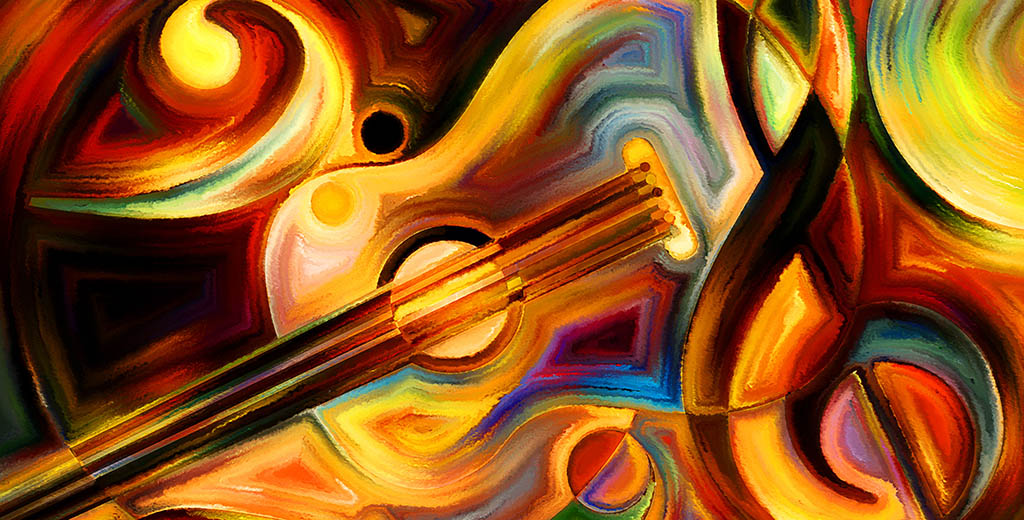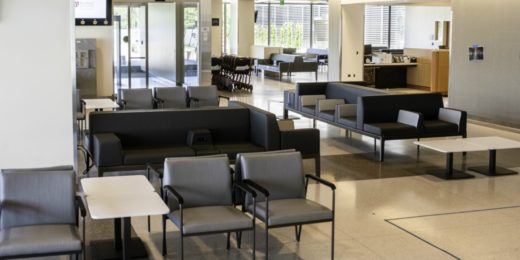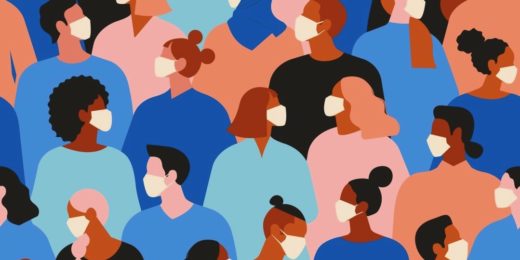As a cellist, I have experienced firsthand the restorative powers of music. From middle school through medical school, and as a surgeon and a leader of academic medical centers, playing the cello has always brought me joy and comfort. Its benefits have been particularly important to me during the pandemic, as music has served as a source of rejuvenation and resilience.
Beyond its well-known impacts on emotion and spirit, music also has a profound ability to support physical healing. Music therapy has proven effective in helping patients recover from stroke and brain injury and in managing Alzheimer's and dementia. A 2008 study published in Brain: A Journal of Neurology found that music helped people recovering from a stroke with verbal memory and maintaining focus. It also lessened depression and confusion.
Music is found in every culture, and our ability to create and interpret it is built into our anatomy. The human ear is tuned to the human voice, but its range is much greater. The frequency mothers use to communicate with their babies and the exaggerated tones and rhythms of baby talk are reflected in musical compositions.
For decades, before advances in brain imaging, the medical community saw music therapy's value purely in a support role, to foster relationships, help patients express themselves, promote emotional expression, or improve group sessions. Now, with our growing appreciation of the close link of our mental and physical health, these "softer" benefits are gaining recognition for their true importance.
Therapeutic benefits of music, dance and art
The complex and compelling concoction of melody, harmony, and rhythm activates many parts of the brain, areas that also handle language, memory, perception, cognition, and motor control functions. We use music and dance to treat patients with Parkinson's disease. The activity provides a trio of benefits: physical activity, social interaction, and mental stimulation. The profound impact of dance is the driving force behind the Stanford Neuroscience Health Center hosting a dance class led by a professional dancer specially trained in teaching dance for Parkinson's Disease.
Music therapists working at Stanford Children's Health see daily how their work helps patients -- and their families -- cope with anxiety and stress and manage pain. Yet it may be how the music provides comfort, on good days and bad, and even a measure of hope, that is just as important to healing.
This understanding served as a primary influence of Stanford Hospital's design. The one-year-old facility -- filled with natural light and original works of art -- recognizes the need to heal the body, mind, and spirit. Multiple studies have shown that art can have positive impacts on blood pressure, anxiety, length of hospital stay, and other outcomes.
As a physician-scientist and a surgeon, my tendency and training send me to hard data, tests, and imaging. But I've learned over my career the importance of empathy and truly listening to understand what patients are feeling and, ultimately, the best course of action for their care.
Arts and humanities in medical education
Science teaches us the biological workings of the human body and the causes of disease, but the humanities help us make sense of illness and suffering, life and death. The arts enable us to more confidently navigate these waters and approach each patient with empathy and compassion. We must always remember that a disease is not the same as the experience of illness, and a patient is more than an ill person.
In the same vein, a doctor is much more than an expert in human anatomy. We have a number of innovative programs integrating the arts and humanities in medical education. Medicine and the Muse, a program within the Stanford Center for Biomedical Ethics, benefits our entire Stanford Medicine community of clinicians, researchers, staff, and students by helping to restore perspective and bolster resilience in the face of intense stress.
I have particularly appreciated -- and enjoyed -- another program. Our pandemic-inspired virtual Stuck@Home concert series has allowed us to connect with our colleagues, share in their talents, and express ourselves in ways that would undoubtedly be more difficult during a teleconference. It has helped sustain our community. At a recent edition of this monthly concert series, I played the spiritual "Swing Low, Sweet Chariot." For me, the piece resonates so powerfully of hope, and it was my pleasure to share it with my colleagues.
Now I have a confession to make. I didn't always adore the cello. When I was 11, I wanted to play the trumpet. My parents thought otherwise. They suggested a string instrument. The school district had a cello to rent, and I've been playing ever since.
My parents were right. The cello was the better choice for me. At the time, I didn't realize how momentous that day was nor that I would be playing the cello 50 years later. In fostering in me a deep love and appreciation for music, the cello has been instrumental in creating the leader I am today.
Lloyd Minor, MD, is the Carl and Elizabeth Naumann dean of the Stanford School of Medicine and a professor of otolaryngology-head and neck surgery. This piece originally appeared on his LinkedIn page.
Image by agsandrew






